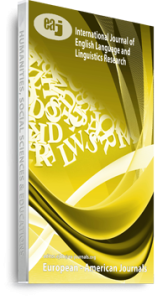Talk-show classes require both teachers and learners to get engaged in meaningful interactions while drawing attention to language on a temporary and needs-driven basis incidentally. The current study sought to explore the rate of reactive and preemptive focus on form (FonF) and their linguistic coverage in a talk-show class. It also explored the relationship between the linguistic coverage of reactive and preemptive focus on form episodes (FFEs) and the rate of uptake as an indicator of the effectiveness of focus on form episodes. To this end, 8 hours of classroom interactions between a teacher and his 16 male students in an intermediate talk-show class, with the primary attention on negotiation of ideas, were observed and audio-recorded to identify the linguistic coverage of both preemptive and reactive FFEs in terms of vocabulary, grammar and pronunciation along with their subsequent uptake instances. The findings revealed that reactive FFEs were the most frequent type of incidental FonF and linguistic focus of reactive and preemptive FFEs were primarily oriented toward grammar and vocabulary respectively. Regarding uptake, this study found that uptake happened in all linguistic categories in more than 50 percent of all FFEs and its occurrence took place more in the case of the reactive FFEs than the preemptive ones.
Keywords: Uptake, focus on form episodes, linguistic coverage, preemptive FonF, reactive FonF

